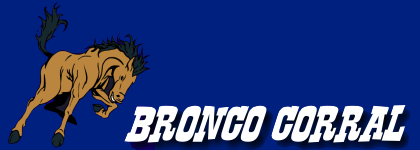shadow88
Member
- Joined
- Sep 7, 2011
- Messages
- 309
- Reaction score
- 1
- Points
- 18
- Location
- CLOQUET MN
- Vehicle Year
- 1990
- Vehicle
- FORD
- Engine Size
- 4.0
After putting in my lift I have a driveshaft vibration, my lift came with rear springs, the springs had wedges already on them, this lift was for a ranger, could this be the reason I have the vibration? Because the driveshaft in my b2 is shorter? I didn't have this vibration before the lift, and the vibration is most noticeable when I'm down shifting or coasting

